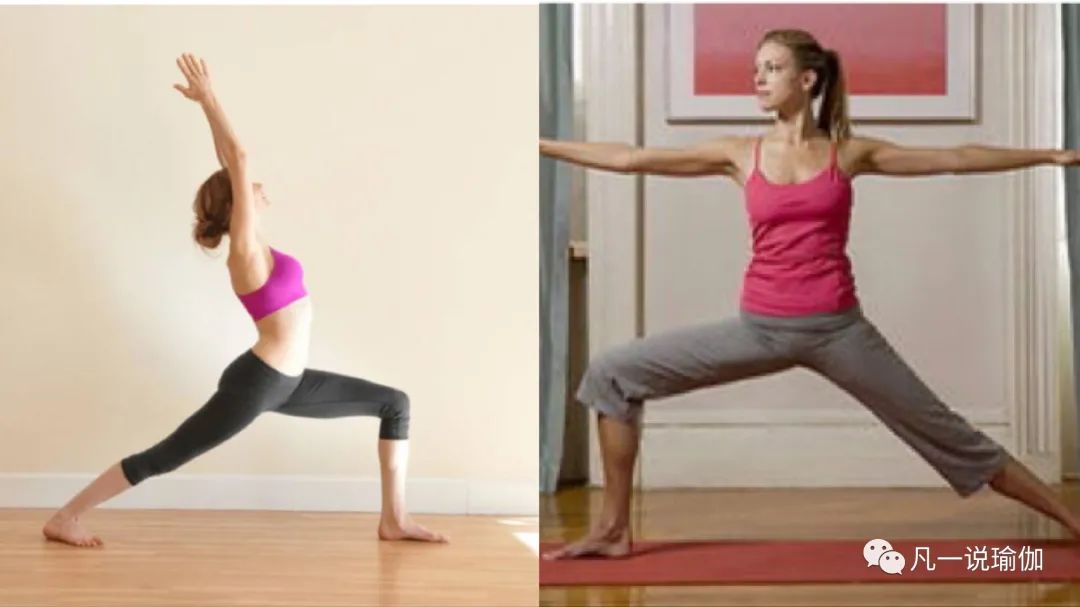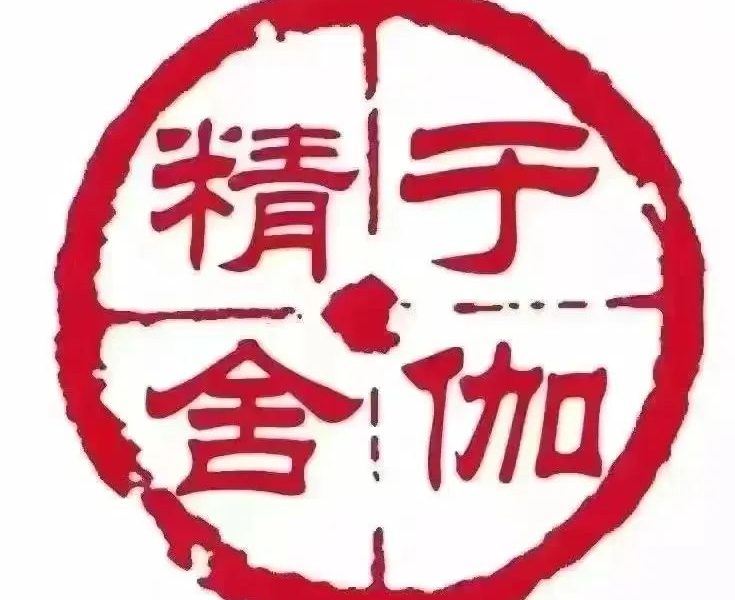War I, War II and War III are very classic movements in yoga standing posture, also known as Warrior series.

Like all standing postures, he can strengthen the strength and lines of his legs.

Listening to the name is full of strength.

However, many beginners can’t distinguish War I and War II in the Warrior series, and can’t figure out the details and practice focus of these postures.

Today, let’s take War I and War II in the Warrior series and talk about the relationship and differences between these two postures, as well as their easy mistakes and correction methods.

Let’s have a brief understanding of these two postures.

In the figure below, the left side is the warrior pose, and the right side is the warrior pose.

There is a legend in the Warrior series.
It probably means that the father was going to hold a grand banquet, but he didn’t invite his daughter and son-in-law to attend.
Without being invited, her daughter attended her father’s grand meeting, and was humiliated and set herself on fire.
The son-in-law was very angry.
He pulled out a hair and turned into the God of war to go to the banquet and kill his father.
After her daughter was reincarnated again, she still married her son-in-law.
The Warrior series is dedicated to the God of war.
In terms of the two postures of War I, War II is the preparation before departure, War I is the preparation, the formation is about to start, and War III is the charge.
Affected by this, I like to fight first, then one, and finally three.
Let’s compare their characteristics and details one by one.
1.
The soldiers of lower limbs and pelvis should face the short side of the cushion and put their feet in front and back.
The distance between the feet can be close together or separated by the same width as the hip.
It’s the same as mountain style.
It’s easier and more stable to separate your feet the same width as your hips.
Similar postures include strengthening side extension.
War Two is facing the long side of the mat.
Keep your feet in a straight line.
Align the heel with the arch.
There is a very simple way to separate your feet.
Your ankles and wrists are vertical up and down.
Similar postures also include triangle series.
Keep your feet and knees straight ahead; The back of the sole of the foot is rotated 45 degrees, or even more.
It is decided not to put pressure on the knee according to the flexibility of your hip joint.
The feet and knees in front of War II are the same as those in War I.
the soles of the back feet can face directly in front or buckle slightly.
It is also determined by the flexibility of the hip joint.
Don’t put pressure on the knees.
In warrior one, in order to straighten the pelvis.
Pull the front hip backward and push the rear hip forward; Rotate the front hip outward and the rear hip inward.
To ensure that the pelvis is upright and lay the foundation for the alignment of the spine and the uniform extension of both sides of the lumbar spine.
In the Second World War, the front hip was rotated outward, but the rear hip was mainly abducted and let the hip fall downward to ensure that the pelvis was upright, open the groin and lay a foundation for the whole center of gravity of the body.
What they have in common is that their feet bear the weight of the body on average.
It is very important to straighten their legs and can’t relax; The position of the center of gravity of the pelvis; The pelvis is flat.
2.
The upper limbs and spine head and neck fight with one hand, and the hands are raised above the top of the head.
The spine is extended.
It can be slightly tilted back, and the eyes look up at the direction of the fingers, or look at the front.
In war two, the two hands are held flat on the side, the spine is extended and straight, and the eyes look at the direction of bending the legs and fingers.
The common mistakes in war one are that the waist is too large, the pelvis is tilted forward and the hips are tilted, and the chest is lifted up to make the chest straight forward.
The adjustment method is to straighten the pelvis and extend the spine upward.
A common mistake in War II was to twist the spine or tilt the body’s center of gravity to the bent leg.
The adjustment method is: pull back the center of gravity and stretch your hands in two directions like a tug of war.
The common mistake is to shrug.
After reading the comparative analysis of War I and War II above, and then comparing with your usual practice, think about these two postures.
Have you practiced them correctly? Pay attention to everything and share health and beauty.
Click below.


